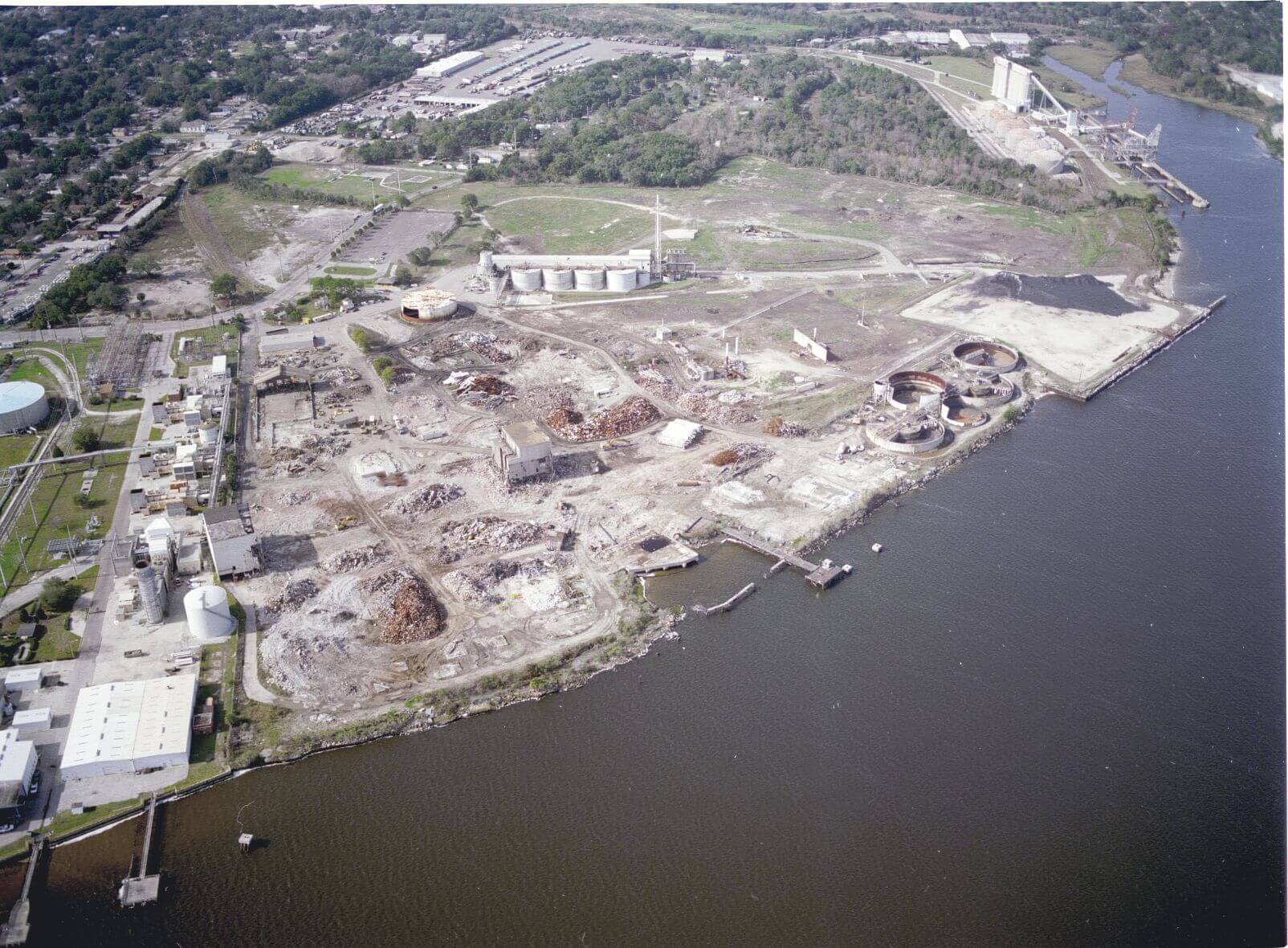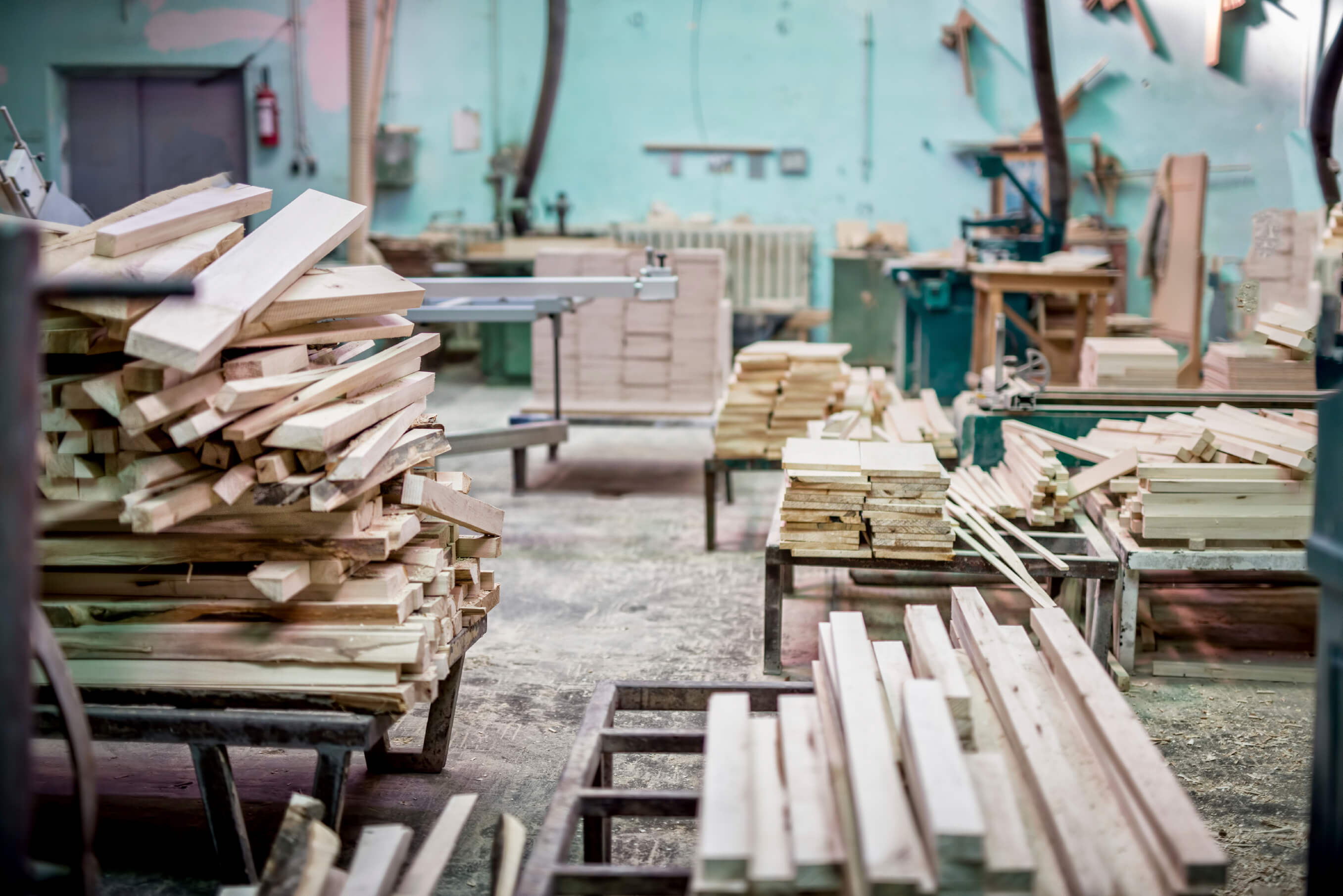Industrial Property Owners
Industrial properties will often have unique needs relating to access, location and regulation. Such concerns may be overlooked by the condemning authority when assessing the property’s value or the impact of the taking on the property’s utility. Some specific concerns of valuing industrial property in condemnation include identifying the property’s highest and best use, valuing fixtures and machinery, environmental considerations, zoning considerations, and determining obsolescence. Additionally, another consideration is whether the owner of industrial property should receive fair market value or be compensated to the full extent of the loss and what prevailing law allows.
When land is taken using the power of eminent domain, the condemning authority takes title to everything attached to the land, whether classified as buildings or fixtures. In eminent domain, a property owner or tenant may receive compensation for the taking of trade fixtures, equipment, machinery and other use-specific improvements made to a property. Generally, trade fixtures are items that are attached to the real property, are adapted or applied to the use of the realty to which they are connected and are intended to be permanent – machinery or equipment installed specifically for use on the property. The compensability of trade fixtures in condemnation differs from state to state and the claim for compensation may be made by either the landowner or the tenant. For industrial landowners and tenants, the guidance of experienced condemnation counsel will be essential to maximize just compensation and minimize impacts to the property and any businesses operating at the site.
Case Studies – Condemnation of Industrial Properties Using the Government’s Eminent Domain Power

Case Study #1 – Whole Take of Industrial Property with Deep Water Port Access
A municipal port authority with the power of eminent domain initiated “slow-take” proceedings to acquire an 60+ acre industrial property with deep water access for the purpose of construction a port terminal to be owned by the port authority and leased to a private import company. The owner of the property purchased the waterfront property with the intent to redevelop the former plant and construct a bulk terminal. The property had many unique characteristics including an abandoned railroad line, industrial buildings and a small office building. Additionally, the property contained a landfill used by the former industrial owner and was encumbered by some contamination. The owner purchased the property for $8 million and assumed all responsibility for the environmental clean-up. In advance of filing the condemnation suit, the port authority offered the owner $14 million to purchase the property. However, the port required the owner to remain liable for the environmental clean-up. The owner refused the port’s offer and suit was filed. Following a two-week jury trial in which numerous experts testified for both sides concerning the valuation of the industrial fixtures on the site, the cost to cure the environmental issues, the likelihood of the owner obtaining the necessary permits to construct port infrastructure and connect the rail line, as well as the overall value of the property, the jury returned a verdict awarding $76 million in just compensation for the acquisition of the property. Because the port authority used the “slow-take” eminent domain power, it was afforded the opportunity to decide whether it wanted to move forward with the acquisition and pay the amount the jury determined to be just compensation or whether it would abandon the condemnation. The port authority decided to abandon the taking remaining liable for the owners’ attorneys fees and costs determined by the court to be in excess of $10 million.

Case Study #2 – Acquisition of Woodworking Factory for Urban Renewal and Housing Project
A custom cabinet wood working factory had operated for many years in an urban industrial building. The plant contained typical woodworking machines including some that were very heavy and affixed to the realty while others were movable. All of the equipment was connected by dedicated electric service and/or a fixed compressor-fed air line. The city condemned all of the private property continued within the city block in which the wood working business operated for the purpose of an urban renewal and housing project. As a result of the taking, the owner of the business decided not to relocate and continue operating but rather give up the business. With the assistance of a skilled eminent domain lawyer, the business owner sought compensation for the taking of his industrial fixtures and equipment. At trial, the City’s expert argued that most of the items were not trade fixtures because they could be removed and used elsewhere and were, therefore, not compensable. The City’s expert held that there was a well-established market for used woodworking machines. The owner’s appraiser testified that once the machinery was removed it would lose much of its value rendering it worth only a fraction of its value in place. The owner’s appraiser contended that a buyer of such equipment would be used machines dealer who must disconnect, disassembled, and store the equipment until a buyer could be located. The trial court agreed with the owner and awarded an amount of compensation for the taking of the trade fixtures. The City appealed. The appellate court modified the original trial judgment reducing the award slightly. The City appealed to the state’s highest court arguing that most of the equipment was personal property rather than trade fixtures because it could be moved. The Court found that the lower courts had correctly identified trade fixtures using the established legal test and remanded the case to the trial court for further proceedings. The matter settled before retrial for the amount the judge suggested on the first day of the trial. (This proceeding took place in one of the 3 states in which eminent domain valuation trials are argued before a judge rather than a jury.)
Please note: The just compensation awards received by industrial landowners in the above case studies are samples of the results Owners’ Counsel of America attorneys have achieved for their clients. While we can not guarantee the same or similar result in every case, this information is presented to assist you in understanding possible scenarios that can affect your property rights as well as to demonstrate the skill of OCA lawyers. The outcome of your case will depend upon its particular facts and circumstances. It should not be assumed that your case will conclude with a result similar to the case studies above.


 locate an oca lawyer
locate an oca lawyer 

 877-367-6963
877-367-6963